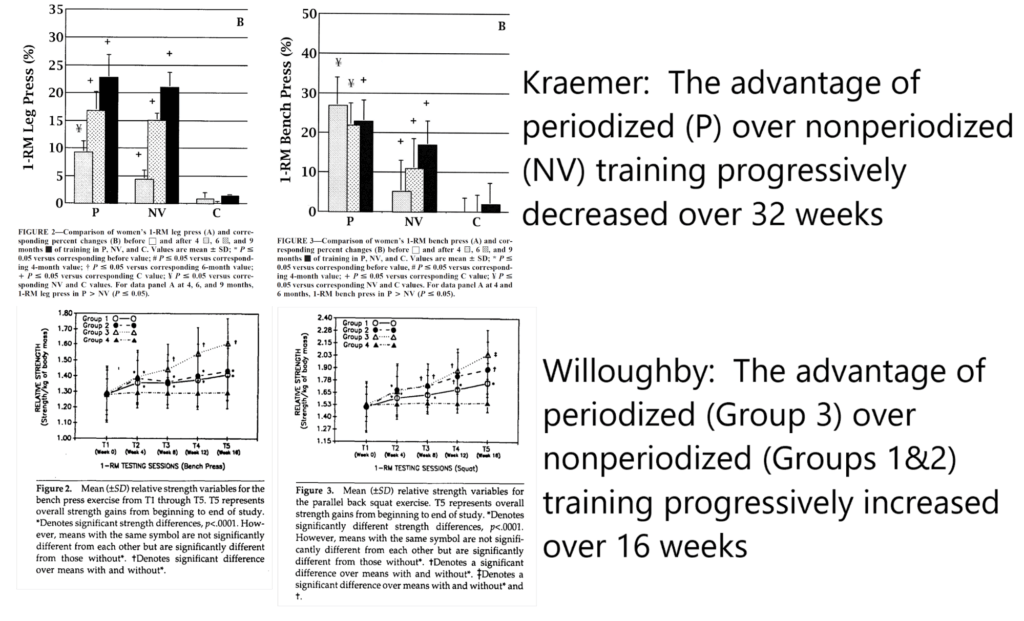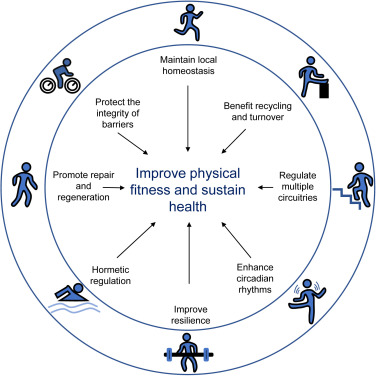
Periodization Made Simple: How Structured Training Creates Long-Term Results
Training hard is easy. Training smart — in the right way, at the right time, for the right goal — is what separates champions from the crowd. That’s where periodization comes in: the science of organizing training over time to achieve peak performance while preventing burnout and injury. You don’t need to be an athlete to use it — you just need to understand how it works.
1. What Is Periodization?
Periodization is the structured planning of training variables — intensity, volume, and frequency — across specific phases to create progressive adaptation. In simple terms:
It’s the roadmap that takes you from where you are now to your peak — without overtraining or stagnation. As Bompa & Haff (2009) defined it, periodization divides the training year into cycles that build on each other:
-
Macrocycle – the big picture (6–12 months)
-
Mesocycle – focused training blocks (4–8 weeks)
-
Microcycle – weekly programming details
Each phase has a specific goal — such as building a base, increasing strength, or peaking for performance.
2. Why It Matters
Without structure, your body hits a plateau. Training intensity stays high, fatigue builds up, and progress stalls. Periodization prevents this by alternating stress and recovery, ensuring continual improvement. It’s how elite athletes sustain performance over years — and how everyday gym-goers can stay consistent without burnout. As Issurin (2010) wrote, effective periodization synchronizes biological adaptation with training stimulus, creating a predictable path toward progress.
3. The Three Core Models of Periodization
🧱 1. Linear Periodization
Start with high volume and low intensity, then gradually increase load while reducing volume. Best for beginners and those focusing on foundational strength.
🔄 2. Undulating (Non-Linear) Periodization
Vary intensity and volume within a week — e.g., heavy Monday, moderate Wednesday, explosive Friday. Best for intermediates to maintain balance between strength, hypertrophy, and power.
⚡ 3. Block Periodization
Focuses on specific abilities in distinct blocks (e.g., hypertrophy → strength → power). Best for advanced athletes or sport-specific programming. NASC’s Performance Programming Framework teaches coaches how to design each phase scientifically, based on training age, sport, and recovery capacity.
4. How NASC Applies Periodization in Real Coaching
The National Association for Strength and Conditioning Research (NASC) integrates periodization principles into all certification levels. Coaches learn to:
-
Structure training based on progressive overload and recovery cycles.
-
Measure and track fatigue, adaptation, and readiness.
-
Apply periodization across various goals — from fat loss to elite athletic performance.
This ensures programs aren’t random — they’re strategic, data-driven, and time-sensitive.
5. Common Mistakes to Avoid
❌ No recovery weeks — adaptation happens during rest, not fatigue.
❌ Too many goals at once — chasing strength, fat loss, and endurance simultaneously causes conflicting signals.
❌ Skipping the base phase — without foundational strength, advanced phases crumble.
❌ No long-term plan — training must be cyclical, not chaotic.
Remember: the goal is progress, not punishment.
6. The Real Secret: Patience + Planning
The best physiques and performances come from years of structured training, not random months of effort. A well-designed periodized plan keeps you improving while staying healthy — the ultimate formula for longevity in fitness.
🔍 Key Takeaway
Periodization turns training from random effort into predictable progress. It’s the science of balance — pushing hard when it counts and recovering when it matters. No matter your level, a structured plan beats chaos every time.
References
-
Issurin, V. B. (2010). New horizons for the methodology and physiology of training periodization. Sports Medicine.
-
Stone, M. H., Stone, M., & Sands, W. A. (2007). Principles and Practice of Resistance Training. Human Kinetics.


